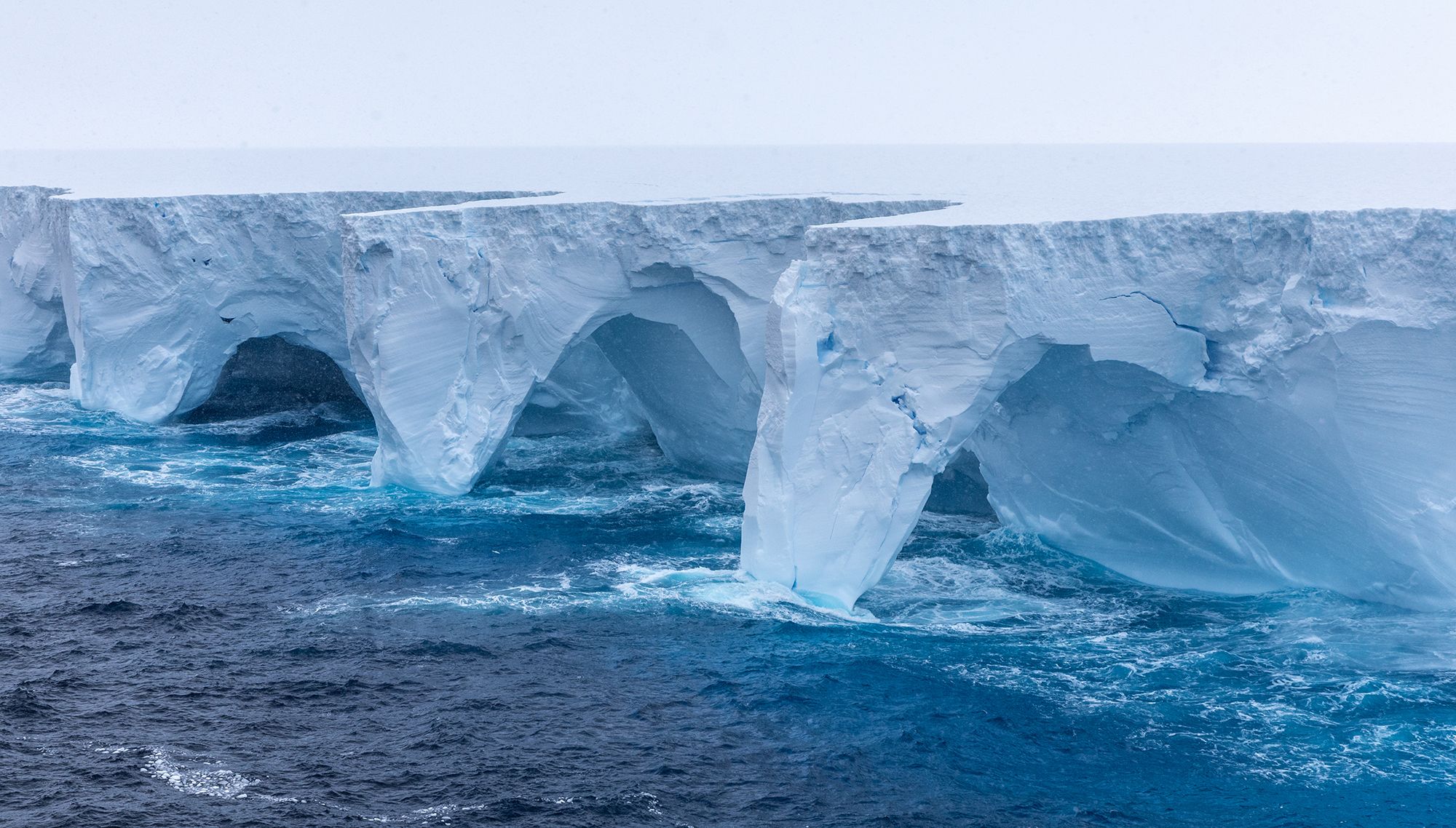NASA Warns: Planet's Biggest Iceberg Is Melting Fast

On May 8, Pakistan reported that the world’s biggest iceberg, named A-23A, is rapidly decreasing in size based on recent satellite imagery provided by NASA. From March 3 to 6, this massive iceberg shed more than 360 square kilometers of ice – an alarming indication of swift thawing.
In 1986, this enormous iceberg separated from the Antarctic coastline. For many years, it stayed largely immobile within the Weddell Sea. However, in 2020, it started to drift gradually and approached the vicinity of the South Orkney Islands. As of March 2025, it has once more come to a halt close to South Georgia Island in the South Atlantic Ocean.
NASA reports that powerful ocean waves and shifting weather patterns are leading to erosion of the iceberg. The worry extends beyond just rising sea levels; thousands of smaller ice fragments are detaching and pose potential hazards for vessels navigating through these waters.
Even though A-23A itself is too big to directly endanger vessels, its smaller pieces are more difficult to spot. These fragments might create obstacles in confined maritime pathways, potentially leading to disruptions and collisions.
Specialists indicate that it’s common for icebergs to disintegrate like this. Nonetheless, A-23A stayed steady for many years. Currently, indications point towards its destabilization, contributing to worldwide worries over the speeding up of climate change and glacial melt.
Post a Comment for "NASA Warns: Planet's Biggest Iceberg Is Melting Fast"